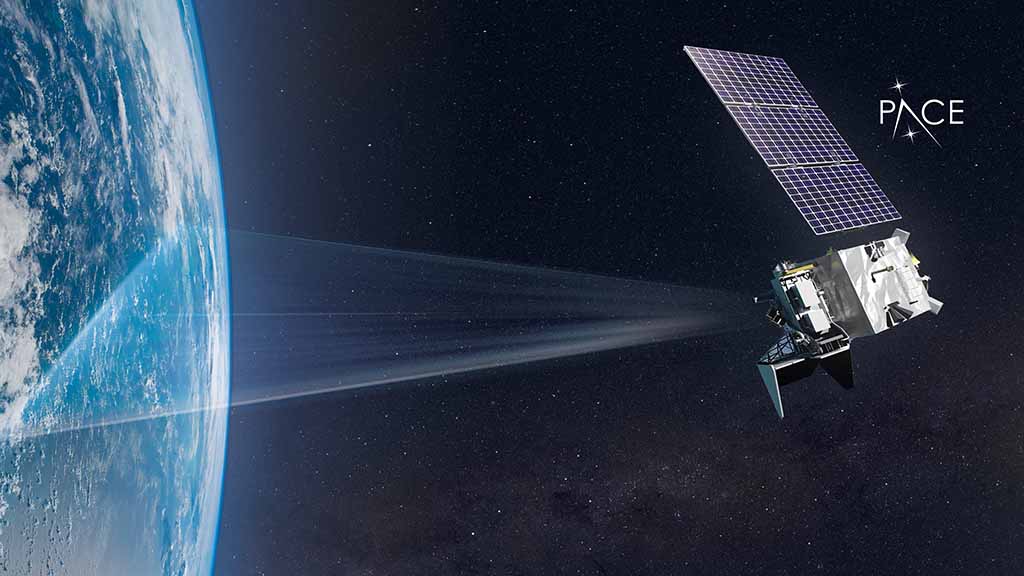SpaceX
SpaceX and NASA to launch PACE mission this week (updated)

Update – February 6, 2024, at 23:53 EST: SpaceX is now targeting Thursday, February 8 at 1:33 a.m. ET Falcon 9 launch of NASA’s PACE mission. The missions have been delayed from an earlier day.
Update 1: SpaceX and NASA have pushed the PACE mission launch to the reserve day on February 7, 2024, due to high winds as expected by the weather report.
Now targeting Wednesday, February 7 for Falcon 9 to launch @NASA‘s PACE mission due to expected high winds at LZ-1 during booster recovery → https://t.co/bJFjLCiTbK pic.twitter.com/KcNhVMjbEN
— SpaceX (@SpaceX) February 6, 2024
Original Story:
SpaceX and NASA are targeting Tuesday, February 6 to launch the PACE mission from Space Launch Complex 40 (SLC-40) at Cape Canaveral Space Force Station in Florida.
The launch window is 1:33 a.m. ET for a ride over a reusable Falcon 9 rocket. A backup launch opportunity is available the next day for the same time window.
The space rocket company will conduct pre-flight preparations for about 38 minutes before the liftoff. This prep includes propellant loading in both the 1st and 2nd stages, engine chill, propellant tank pressurization, and verification to call for the engine ignition.
Post liftoff, the flight will achieve Max Q at about 1 minute and the 1st stage rocket will separate from the 2nd stage to send it into orbit at 2:20 minutes of the mission.
This mission marks the fourth flight of the first-stage booster. It previously supported Crew-7, CRS-29, and one Starlink mission. Once separated, the first stage will land on Landing Zone 1 (LZ-1) at Cape Canaveral Space Force Station in Florida.
NASA’s PACE spacecraft was encapsulated into Falcon 9’s fairing this past week ahead of arriving at the hangar at pad 40 in Florida pic.twitter.com/Qc4DUBkNDE
— SpaceX (@SpaceX) February 3, 2024
Weather:
According to AccuWeather, the weather on February 6 is forecasted (on Feb.4) to be very windy with periods of clouds and sunshine during the day. There could be coastal flooding and beach erosion. Wind speed could NNW 43 km/h and cloud cover could be 70%.
Such conditions may be unfavorable for the launch but we will have to wait for an official announcement about the launch schedule.
PACE Details:
PACE – Plankton, Aerosol, Cloud, ocean Ecosystem mission aims to observe ocean and atmosphere exchange carbon dioxide. It will measure key atmospheric variables associated with air quality and Earth’s climate and monitor ocean health.
The satellite uses three instruments including the Ocean Color Instrument, the Spectro-polarimeter for Planetary Exploration, and the Hyper-Angular Rainbow Polarimeter No.2.
These instruments will help to collect the data required for studies about clouds, aerosols, and phytoplankton growth to determine ocean color.
The measurement of color and amount of light will allow scientists to understand the type and locations of microscopic algae, a vital component for oceans and marine life.
(Source – NASA)












